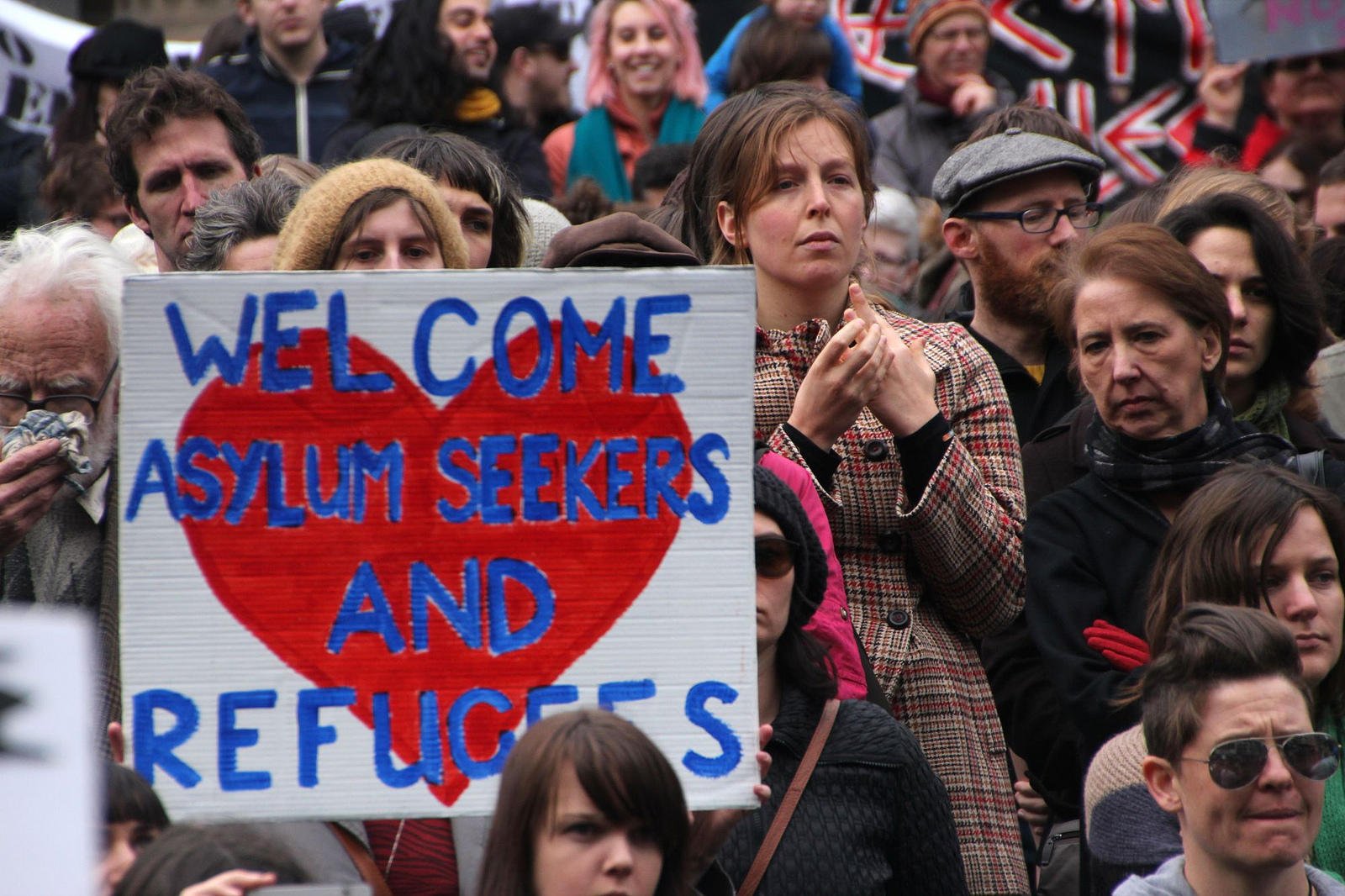As Europe struggles to find solutions to the ongoing Mediterranean refugee crisis, countries further afield are also struggling with their responses. Across the Atlantic, the US and Canada have both offered settlement plans for Syrian refugees while across the Indian Ocean, Australia is also asking tough questions about what its policy should be in the face of a global refugee crisis.
To understand Australia’s position in the current crisis, one needs to understand the myths and realities that have defined the country’s immigration policies for the past century. Even though Australia is a country largely settled by Europeans and celebrates its generosity in opening its doors to European refugees following World War II, the reality is the country’s immigration policies were always limited. Under a series of laws that became known as the White Australia policy, non-white immigrants and refugees were often unable to take full advantage of Australian prosperity. The policy was eventually dismantled in the 1970s, but the Indochina refugee crisis that saw thousands of Vietnamese, Cambodians and Laotians flee their countries by boat after the region came under communist rule brought new pressure for the Australian government to limit Asian migration while still abiding by humanitarian principles.


In recent years, the issue of refugee and asylum seeker settlement has become a contentious political issue. The primary issue is “irregular arrivals”, or those who come to Australia without a visa to seek asylum, usually by boat. Since 1992, the government has instituted a policy of mandatory detention for all irregular arrivals. Justified as a necessary measure to protect Australia from potential security threats and deter potential refugees from making the dangerous journey to Australia by boat, in reality it has left thousands of refugees and asylum seekers in limbo for months – sometimes years – as they await the outcome of their petitions without access to legal counsel.
The controversy surrounding onshore detention centers such as Villawood Detention Center in the suburbs of Sydney and the now closed Woomera Processing Center in the South Australia outback led the Australian government to seek new arrangements for offshore detention and processing in Nauru, Papua New Guinea, Indonesia, Malaysia and most recently, Cambodia. The government’s most recent policy, dubbed Operation Sovereign Borders, also involves “turn back operations” where the Australian Navy forces asylum seeker boats from Australian waters and provocative advertising campaigns in key states where asylum seekers originate such as Afghanistan, Sri Lanka and Iran.


Despite the country’s harsh approach to irregular arrivals to its own shores, the government is often eager to point out that Australia remains one of the highest recipients of refugees per capita for resettlement of refugees through the official UNHCR resettlement process. However most refugees – less than 1 per cent of the global total – are resettled through official channels. In reality, according to the Refugee Council of Australia the country ranks 48th in the world for the number of refugees hosted, a rank that drops to 74th in the world when measured against GDP and economic wealth.
The constant struggle between the myths and realities of Australia’s refugee policy is part of what makes the issue so politically contentious. Even as refugee numbers swelled in Eastern Europe and standoffs increased, Prime Minister Tony Abbott insisted Australia would not take in additional refugees. Given that Abbott’s strong support for Operation Sovereign Borders helped secure the current coalition government in 2013, this approach appeared politically prudent. But as photographs of drowned children and accounts of abuse in Hungary spread on social media, the Australian public demanded more.
An About Face Down Under
So just days after reaffirming that Australia would not increase its refugee quota for 2015, Abbott announced that the country would accept additional Syrian and Iraqi refugees in a one-time increase of the quota. However not all refugees will be eligible.“Our focus for these new 12,000 permanent resettlement places will be those people most in need of permanent protection – women, children and families from persecuted minorities who have sought temporary refuge in Jordan, Lebanon and Turkey,” said Abbott at a press conference on September 9. “I do want to stress women, children and families – the most vulnerable of all. The Government will shortly dispatch officials to the region to begin working with the UNHCR to identify potential candidates for resettlement.”
Thus, despite the government’s about-face on the quota issue, Australia is staying true to its policy of rejecting those who risk their lives to reach better shores. None of the refugees making headlines in Europe will be eligible, and the explicit mention of minorities suggests that the majority of Syrian and Iraqi Muslims will also not be welcomed. The one-time increase in the quota also does little to help the thousands of asylum seekers currently in immigration detention or the thousands of Rohingya currently fleeing Myanmar in Australia’s own backyard.
The current refugee crisis, which extends beyond just Syria and Iraq, calls for all countries to reexamine their refugee policies and develop a comprehensive solution. Australia’s recent offer to accept 12,000 more refugees is a start, but far from enough.
